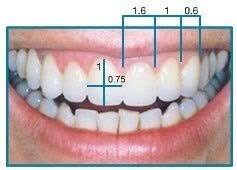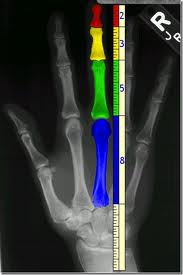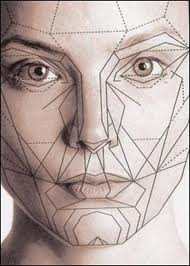Thalia Kostopoulou DDS, MSc., Healthcare Mentor
Due to my profession as an aesthetic dentist, I am well aware that beauty and harmony are identified with the ideal proportions of the golden number “phi”.
The closer our facial and body parts proportions lean towards the number “phi”, the more harmonious appear to be.
Limbs, finger phalanges, facial proportions, or even our teeth are governed by this golden ratio, which puts its stamp on our fingerprints and DNA helix. It is the number of beauty and attractive looks.
The magic of harmony!
Without a single doubt, the beauty of Creation unfolds all around us. What often eludes us is that this beauty is governed by harmonious rules, that is by mathematics.
Pythagoras, the great ancient Greek mathematician and philosopher, was the first to make mention of the “golden ratio” which corresponds to the irrational number 1.618 that results in aesthetic harmony. Later on, this number was named “phi” in honour of the sculptor Phidias, who applied this ratio to all of his work.
Parthenon’s perfection and its subsequent harmony owe to the fact that it is built with absolute respect to the number “phi“, determined by “golden rectangles“.
The “magic” number “phi” governs everything beautiful in nature, or vice versa: the human eye sees beauty and harmony in this ratio.
Leonardo da Vinci studied the “golden number“, as he called it, with passion and applied it to his works.
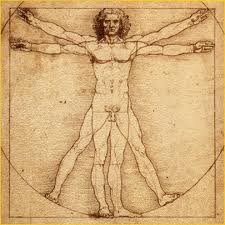

And the “dance of numbers” goes on and on, from the nautilus shell to the galaxy spirals, and from water swirls to hurricane motions.
The golden ratio “phi” makes also its appearance in another impressive game of nature with numbers, the “Fibonacci Sequence”.
“Fibonacci numbers” is a sequence where each new number is the sum of its two previous ones: 0, 1, 1, 2, 3, 5, 8, 13, 21, 34, 55, 89, 144 and so forth.
The further the sequence progresses, the closer it approaches to the “golden number phi”.
Nature is full of wondrous examples of the Fibonacci Sequence. We find it in the world of plants and in the animal kingdom, as well.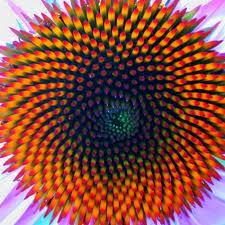
This is nature’s ideal way of making the most of the available space and exposing every plant part to the sun to the maximum.
The “Fibonacci Sequence” appears in the animal kingdom in the spirals of the nautilus and the snail and in the spider’s web. The population of worker bees in relation to drones in beehives is developed according to the Fibonacci Sequence, and their ratio stays true to the “golden ratio”.
Is Nature subject to the magic of numbers, or do numbers express the magic of Creation? One thing’s for certain: everything is governed by universal rules, because they all share a common essence!
All the above rightly lead us to call the number “phi” the “Divine Proportion”.


